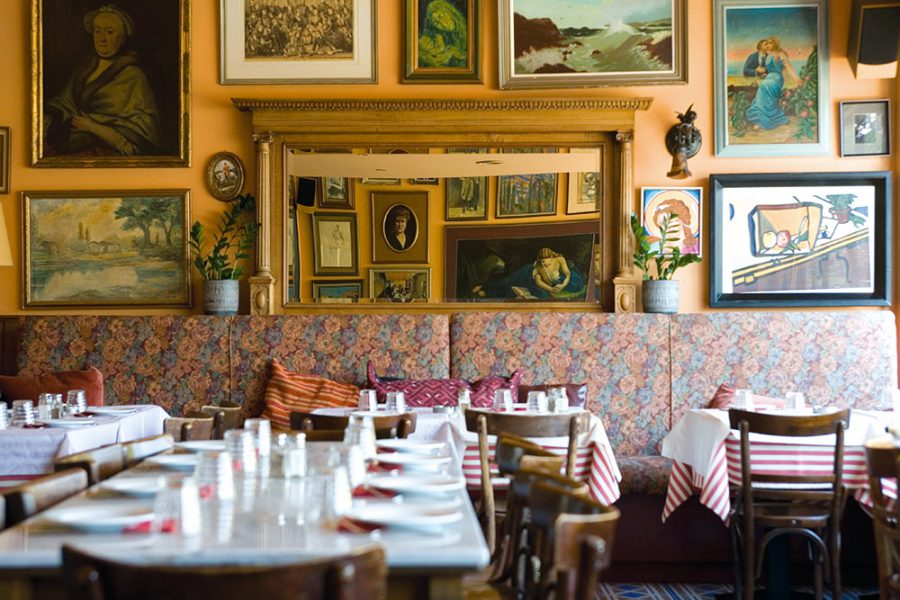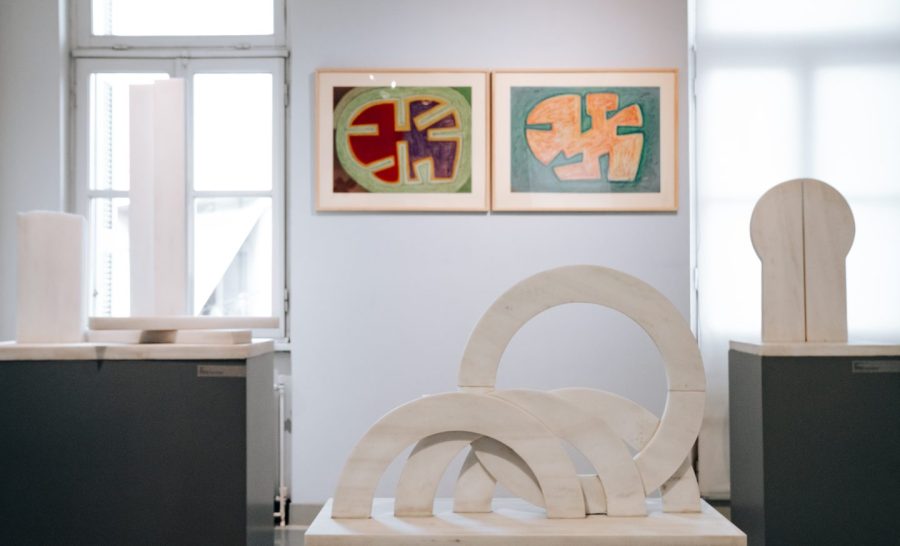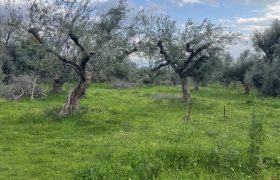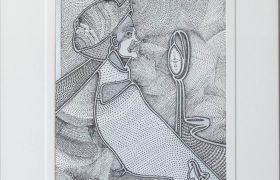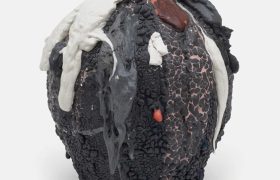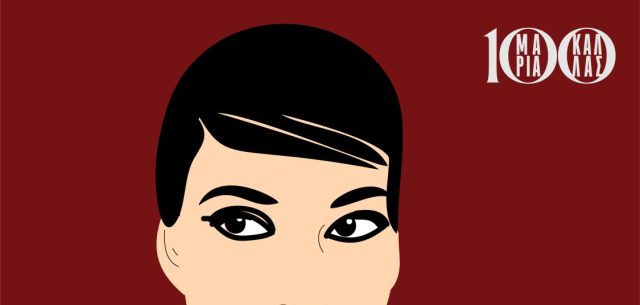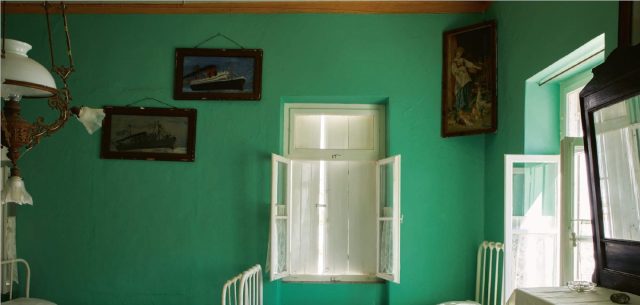Monastiraki: Bargain-hunt by day, Bar-hop by night
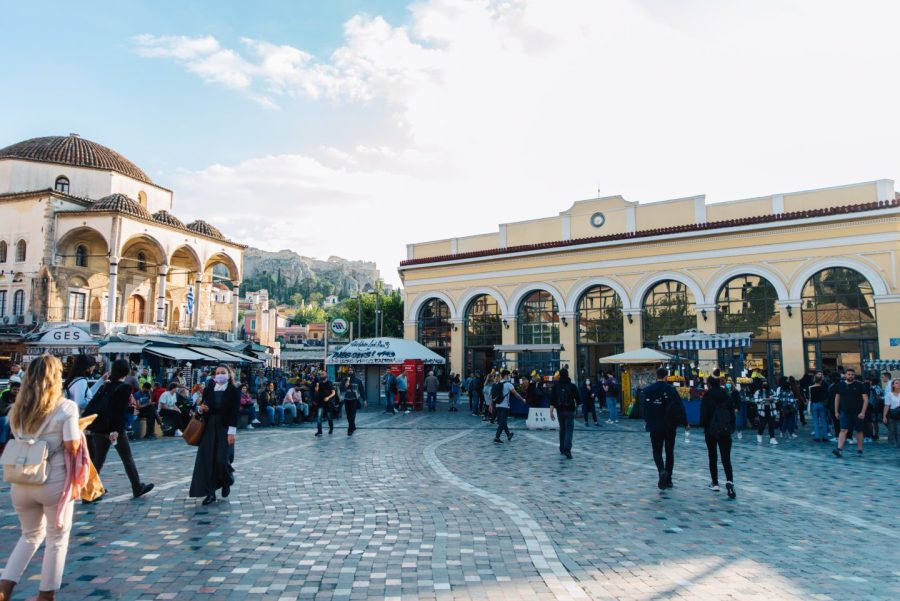
It’s where old-world glory tumbles into modern-day chaos, above the din of the flea markets and the music streaming out of the many bars that dot its narrow alleys. The first impression is of the incongruity of it all. Ramshackled buildings in various states of disrepair, minarets piercing the night sky, red-tiled Byzantine domes, and, the majestic Acropolis looming high above. This is Monastiraki.
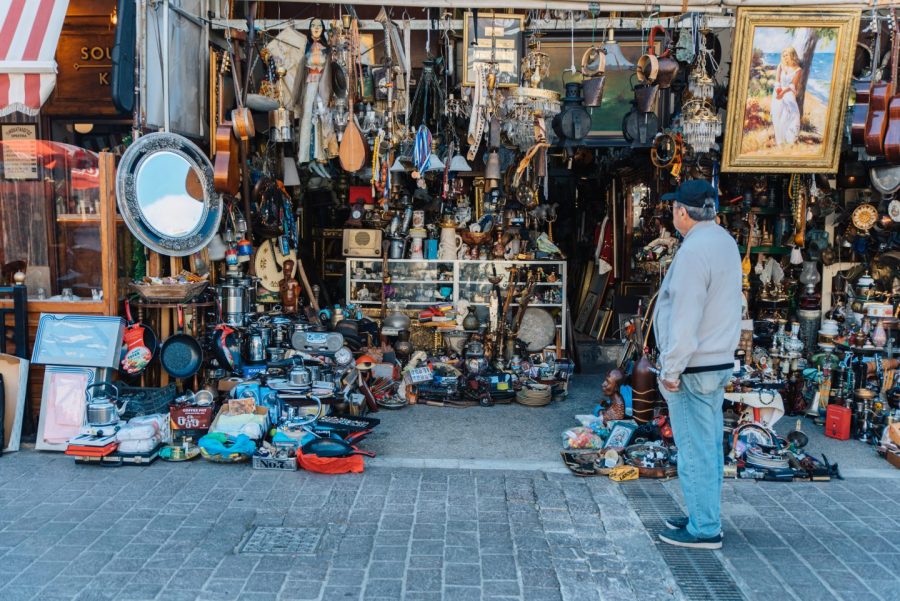
Crammed hole-in-the-wall shops in Monastiraki are a cache for bargain hunters. Wedged between kitschy tourist souvenirs are some rare finds! ©Thomas Gravanis
Monastiraki is where Athens’ cosmopolitan character and its historical layers collude to create a vibe that is singular to this part of the city. Masses seem to converge here – all seemingly moving purposefully, navigating past jugglers, bracelet-sellers, antique hawkers, pick-pockets too! Named for the ‘little Monastery’, the only surviving miniscule 10th-century Pantanassa basilica left from the once-sprawling monastic compound that occupied the site, Monastiraki is the buzzy epicentre of Athens where old craftspeople share space with the hipster set.
Old shops and warehouses plying copper fixtures and wicker chairs have made room for bars and cafes – some of whom channel Disneyland on acid – but make for great Instagrammable shots. If you’d just like to skim the surface of this layered district, read no further. For those who’d like to delve a bit further into the charms of this newly revitalized derelict neighbourhood, you’ll be rewarded for your curiosity. Expect bargain deals at vintage kilo shops, contemporary ceramics thoughtfully curated in one of the bylanes, spices, fabrics, antiques, some of the city’s most under-rated museums, hammams, synagogues, even stores that specialize in jewellery for donkeys!
Mercifully, some of the younger generations of creative social entrepreneurs have reclaimed their heritage and invested in traditional crafts that appeal to locals as well as the hordes of visitors who snake their way through this district every day: hand-crafted sandals, macrame chair makers and jewellers share space with bespoke bars and zero-waste eateries. This is a hood that doesn’t understand the point of an early night, so come sundown, you’ll find yourself bar-hopping and buying kimonos (we know several guilty of that late night indulgence!). Here’s our guide to discovering Monastiraki.
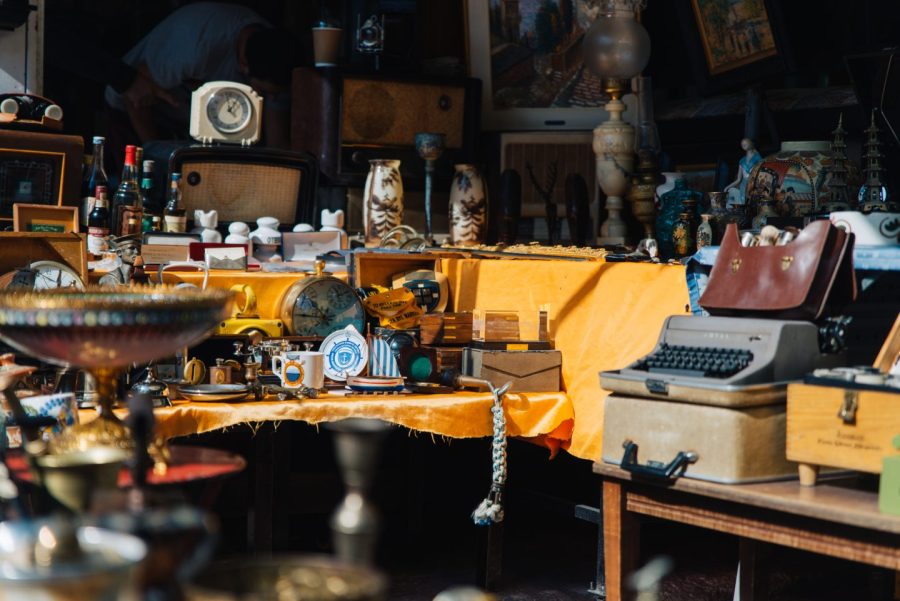
The Monastiraki Flea is a treasure trove of ceramics, vinyls, furniture and ecclesiastical paraphernalia ©Thomas Gravanis
Bargain-hunt at Avissinia Square
There are several theories to how this square came to be named for Ethiopia’s ancient name Abyssinia, and it is still fondly referred to as Yusurum – after the Sephardic Jewish antique merchants Noah and Elias Yusurum, who owned several shops in the flea market. Framed by the ancient agora, Hadrian’s Roman library, a mosque, Byzantine churches and two synagogues, this was where commerce and cultures mingled in seamless fashion. On any given day, you’ll find carpenters sanding down retro pieces, and shoppers scouring for vintage finds. But the market really comes alive on Saturdays and Sundays. Expect votives, ceramic plates from Sifnos, brass door knockers, old post cards, furniture, vinyls. Everything is on sale here – even creepy wares like old dentures!
Join in the merriment at Café Avissinia
In some ways, Avissinia square seems to offer a voyeuristic glimpse into a time capsule world and nowhere is it more in evidence than at Café Avissinia. With more than a hint of faded bohemian elegance, its walls covered with art left behind by patrons who couldn’t afford to pay, floral wallpaper, and deliberately mismatched china, this is where locals head to relive the rollicking old days. What started out as a humble tea-room has become an Athenian institution, with everyone joining in the singing and dancing alongside Manos and Pavlina over the weekends. Its formidable matriarch Ketty, whose recipes remain the star of the show has since passed on the mantle to her son Nikolas, who now runs the show. Her take on moussaka with spinach, pork with leeks and prunes, eggplants prepared the rembetis’s way, cabbage leaves stuffed with rice, pork and veal minced meat and served with a velvety egg-lemon sauce are must-trys! The square of Avissinia still fills with the sounds of musical merriment emanating from this landmark restaurant (Fridays and Saturday evenings at 9pm-1am; and Saturday and Sunday afternoons from 3pm-7pm). We’d recommend a kerbside table watching traders sell their curios or book a table for a meal befitting a triumphant treasure hunt!
Some Horsey business at Mompso
Another Monastiraki institution that has weathered the test of time is Mompso. On Athinas street, at number 33, is a sprawling shop that stocks beads, buckles, tassles, – every accoutrement you might need to dress up a horse or a mule for special occasions – as well as saddles, hand-sewn riding boots, bridles and leather accessories.
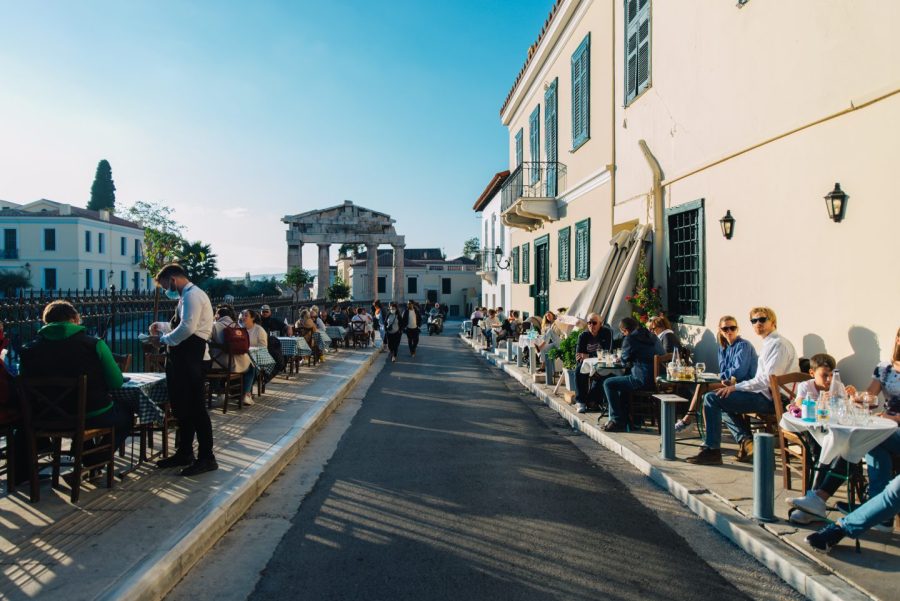
In Monastiraki’s cafe-lined street alongside the Roman Agora, Athenians and tourists bask in the sun©Thomas Gravanis
Celebrate Monstiraki’s Jewish heritage
Monastiraki-Psirri was a neighbourhood with a strong Jewish presence, right until a few decades ago. The two synagogues near Ag. Assomaton, one catering to Romaniote Jews at number 8 Melidoni street and the other to the Sephardic community at number 5 on the same street, are proof of the influence that the Jewish community wielded in Athens.
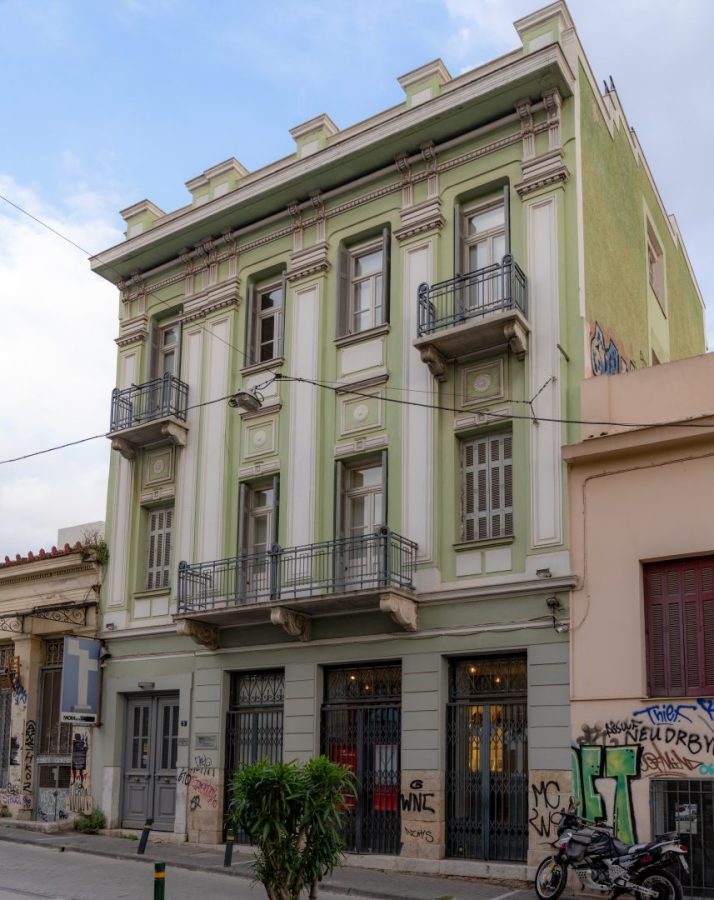
The Alex Mylonas MoMus Museum should be on every visitor’s bucket list. A spectacular collection housed in a stunningly beautiful building ©Nikos Karanikolas
Visit three of the city’s most underrated museums
Right across the synagogue is Modern Pottery Museum that hosts educational workshops and hosts exhibitions. At Ag. Assomaton 5 is the MoMus Alex Mylonas Museum that hosts the permanent exhibition of Mylonas’ exquisite sculptures alongside periodic contemporary art exhibitions. Housed in a stunning neoclassical building, the museum provides a rare journey into the sculptress’ world through her anthropocentric compositions and her abstract sculptures in marble, copper, iron, and bronze. Stretched across three floors, its rooftop has stunning vistas of the city below and it has one of the best curated museum shops.
Not far from the 11th-century church of Agion Asomaton, is the Benaki Museum of Islamic Art. Proof of a thriving Arab trading community in Athens in the 10th and 11th centuries can be found on the Islamic motifs that adorn the walls and fixtures of the little church. Home to a stunning collection of Islamic Art, the Benaki Museum on the top floor boasts stunningly beautiful murals of palm trees and geometric Islamic art by artist Navine G Khan Dossos.
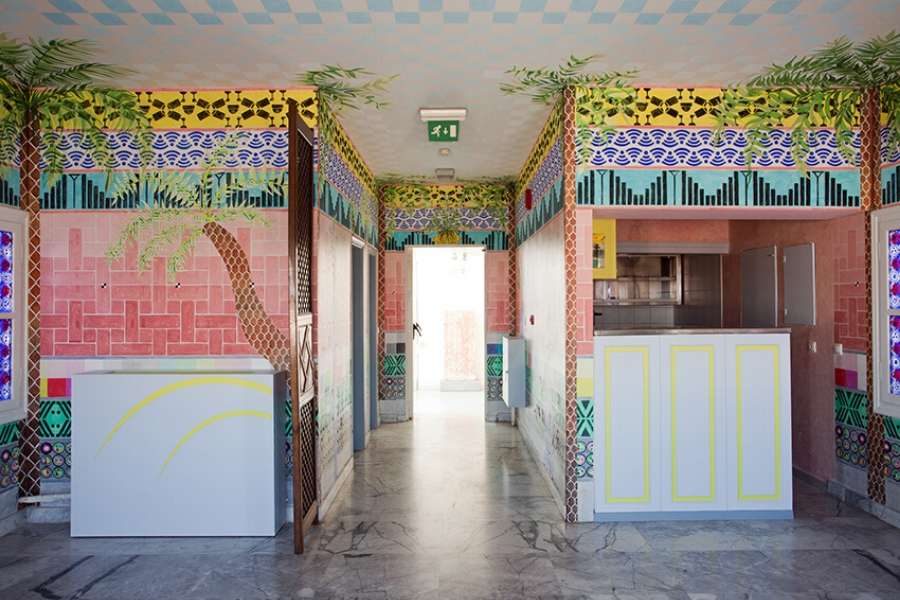
Imagine A Palm Tree, 2016, now a permanent installation owned by The Benaki Museum of Islamic Art, Athens and still on display. Image credit Yiannis Hadjiaslanis / The Benaki Museum
Make time to brunch, lunch and chill
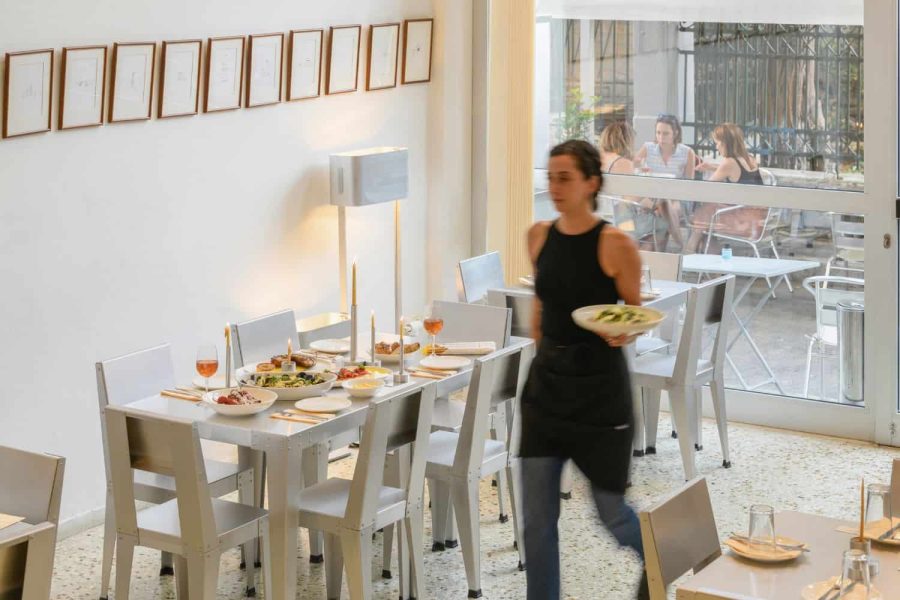
Linou Soumpasis & Sia are part of the new crop of restaurants that have elevated Athens’ cred as a foodie destination
Linou Soumpasis kai sia, just off Athinas street, delivers on its promise of fresh produce tweaked to subtle perfection. Dismissing the neo-taverna and bistronomy labels, the self-professed “simple restaurant” serves high quality fare with a contemporary twist from a bustling open kitchen. The accent is on fresh food, simply delivered, with subtle sophistication. Try their chargrilled piper fish in zucchini purée or their veal cheeks stew in chick pea soup. The wine pairing is spot-on with the young, and extremely knowledgeable Joanna, goading customers to venture into unchartered territory. If you’re confused by the sight of beeswax candles, it is a homage to the restaurant’s previous incarnation as a candle factory. Candles can be bought, along with covetable homeware, when your ‘feel-good shopping impulse’ kicks in after quaffing on their thoughtfully curated wines. Despite its unpronounceable name (our Greek friends are equally stumped!), this is one restaurant we are willing to hedge our bets on. Their corn ribs and chickpeas with mushrooms is finger-lickingly good! For Sunday brunches, we recommend Zampano. The décor is mid-century Scandi with a clever mix-and-match of vintage finds. A live gypsy jazz band plays on weekends. The food is creative Greek, so expect subtle takes on Mediterranean staples.

